There is so much more to these little reptiles than car insurance commercials! These adorable little lizards come in a variety of shapes, sizes, and colors. With over 1,500 species, you’re sure to find lots of unique traits. Read on to learn about the gecko.
Description of the Gecko
Geckos are nocturnal reptiles with large eyes (the better to see you with!), and padded toes for climbing. They have a thick tail and four legs. Geckos can be seen in a truly diverse variety of shapes, colors, and sizes.
Interesting Facts About the Gecko
These extremely adaptable creatures possess numerous traits that allow them to thrive in many different habitats. With so many different species, the facts are virtually endless, so we’ll pick a few choice ones.
- Wink at Em’ – Your gecko friend will never wink at you, because geckos cannot blink! Instead of blinking to clear their eyes, geckos simply lick debris away. They use their tongues to keep their eyes moist and clean.
- Off With His Head! – While geckos can’t regrow their heads, they can regrow their tails. Geckos can actually sever their own tails if captured, to distract the predator and escape. The tail simply grows back, in a process called “autotomy.”
- Mega-Gecko – The largest species of gecko ever discovered was a whopping two feet long! This now-extinct species, the kawekaweau, was native to New Zealand. It is believed these geckos were driven to extinction by the introduction of non-native rats and weasels. This fate is unfortunately very common in island animal species with little-to-no native predators.
- Gecko Toes – Geckos’ padded toes provide them with unrivaled climbing ability. Approximately 60% of geckos have toe pads aiding them in climbing. The toes have setae, or ridges, along the surface. Scientists have debated over the exact science of how gecko toes allow them to climb virtually any surface. The most recent theory is the use of electrostatic interaction between the toes and the surface.
Habitat of the Gecko
Geckos reside in a number of different habitats worldwide. They can be found in urban areas, living within houses and near light fixtures, in forests within the trees, or even deserts and mountains.
Distribution of the Gecko
These reptiles can be found on every continent in the world, except for Antarctica.
Diet of the Gecko
Geckos feed on a variety of insects, fruits, and even the nectar of flowers. They are nocturnal, meaning they are most active at night. Geckos can frequently be found near light sources, feeding on insects attracted to the light.
Gecko and Human Interaction
With over 1,500 species, geckos interact with humans quite frequently. While some people find them scary, the vast majority of people see them as harmless. Many individuals will welcome geckos into their homes, as the geckos will feed on unwanted insects, like mosquitos and cockroaches.
Geckos are susceptible to the same anthropogenic (human-caused) dangers as many other animals. Pollution, deforestation, invasive species, and global climate change can impact many different species of geckos.
Domestication
Leopard geckos have been partially domesticated. They have been selectively bred over 30 years to be friendlier, and less likely to drop their tails. Humans have also used selective breeding to isolate color morphs that are desirable.
Does the Gecko Make a Good Pet
Yes! Certain species of geckos can make wonderful pets, and some species can be handled quite frequently. Leopard geckos in particular are frequently kept as pets.
Gecko Care
Different gecko species require different levels of care. Geckos typically require a 10-20 gallon aquarium, and can stray from their heat source in too large a space. The aquarium should have a screen lid to provide adequate ventilation and support the light fixture.
It is best to heat one end of the cage, so the geckos have a temperature gradient to choose from. Your geckos should be provided with insects for food, and vitamins to maintain their health.
Behavior of the Gecko
Geckos are active at night, though there are species that forage during the day. Geckos are incredibly vocal reptiles, and will frequently make chirping, clicking, or barking sounds. These noises can be used to establish territory or search for a mate.
Reproduction of the Gecko
After mating, female geckos lay eggs in dark, damp locations, where they seem to prefer leaves and bark as substrate for their nests. Most species lay just one clutch of eggs per year, but some species can reproduce more frequently.
Beliefs, Superstitions, and Phobias About the Gecko
In Costa Rican cultures, geckos are considered a symbol of good luck. The basis of this belief is in logical thought rather than superstition, as a gecko-free home may have been treated heavily with toxic pesticides. In Costa Rica, a hotel room without a gecko companion is considered bad luck!

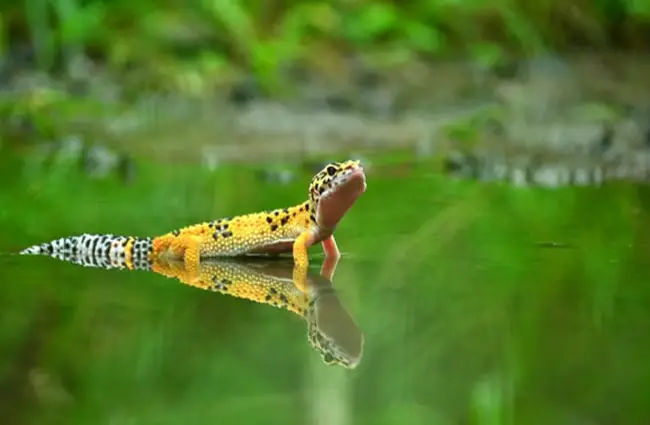
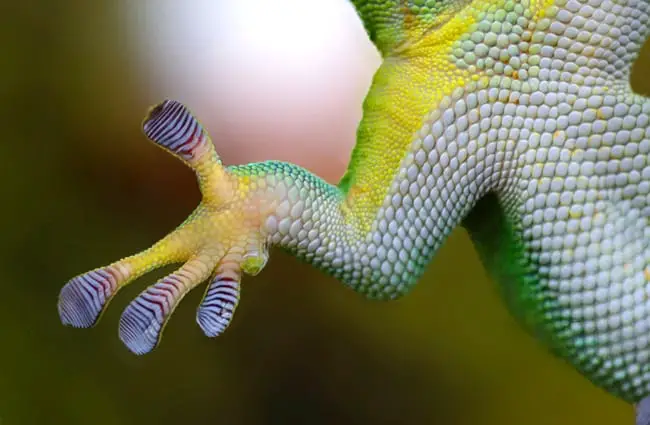
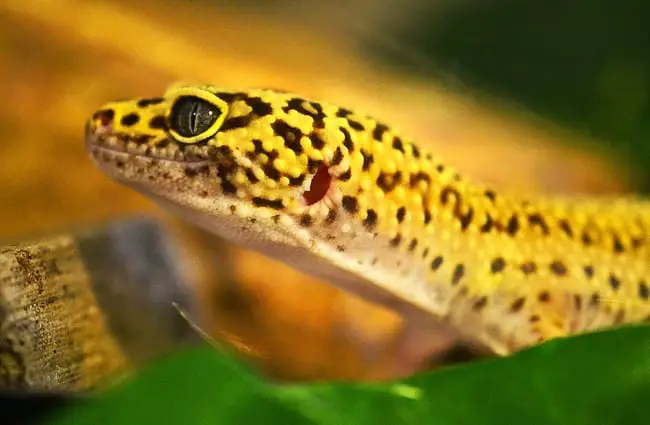
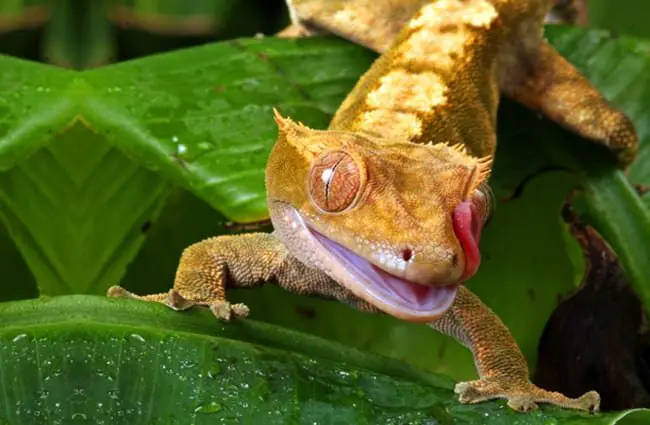




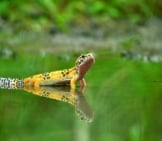

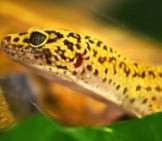
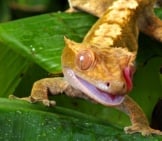
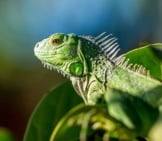
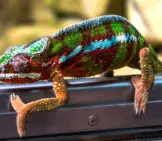
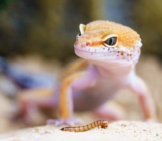

![Red Angus Closeup of a beautiful Red Angus cowPhoto by: U.S. Department of Agriculture [pubic domain]https://creativecommons.org/licenses/by/2.0/](https://animals.net/wp-content/uploads/2020/03/Red-Angus-4-238x178.jpg)












![Red Angus Closeup of a beautiful Red Angus cowPhoto by: U.S. Department of Agriculture [pubic domain]https://creativecommons.org/licenses/by/2.0/](https://animals.net/wp-content/uploads/2020/03/Red-Angus-4-100x75.jpg)

